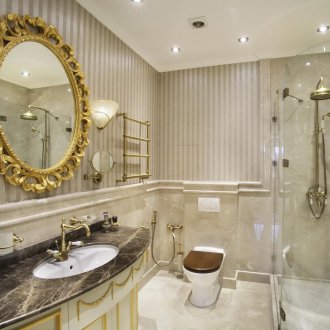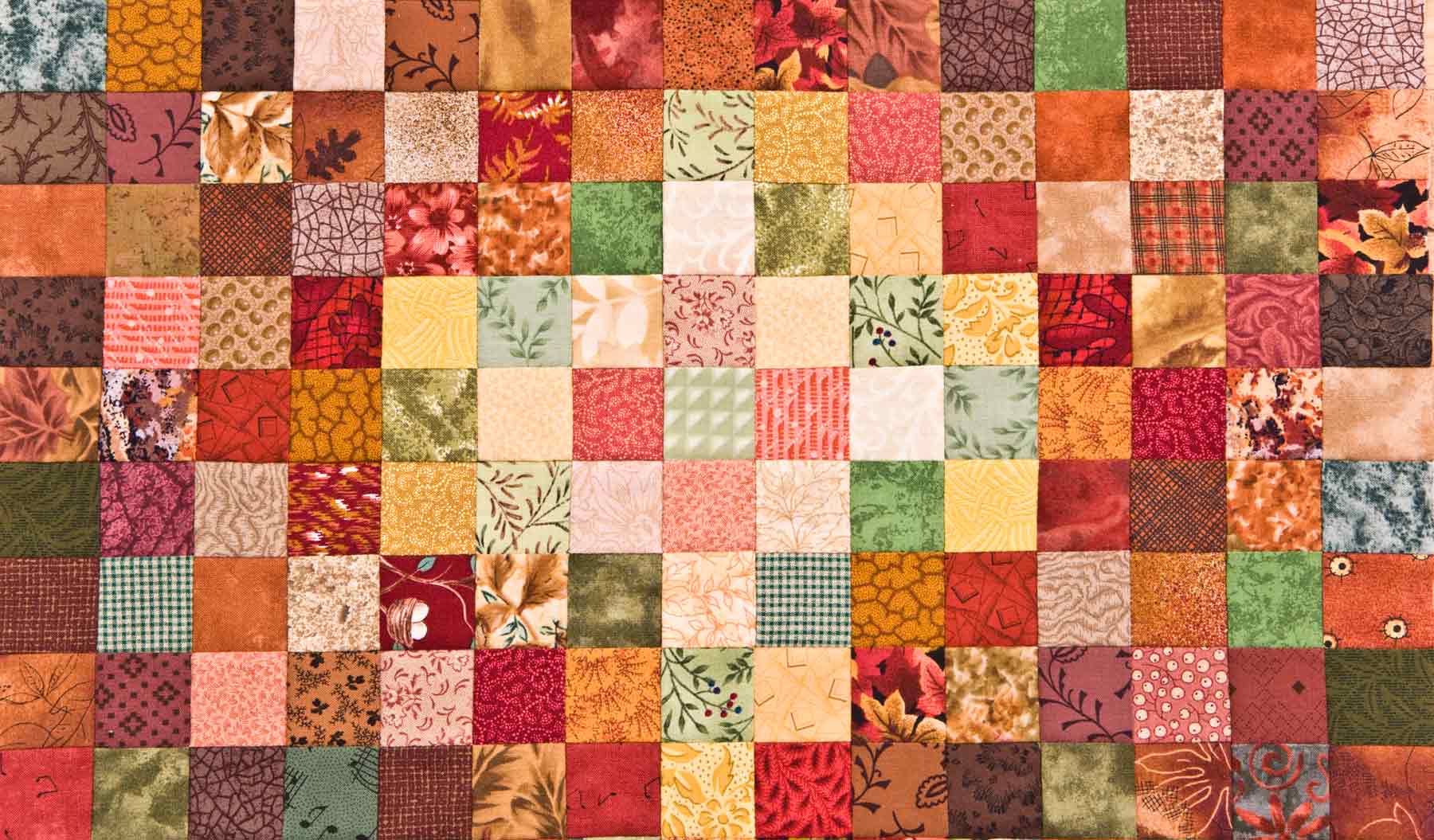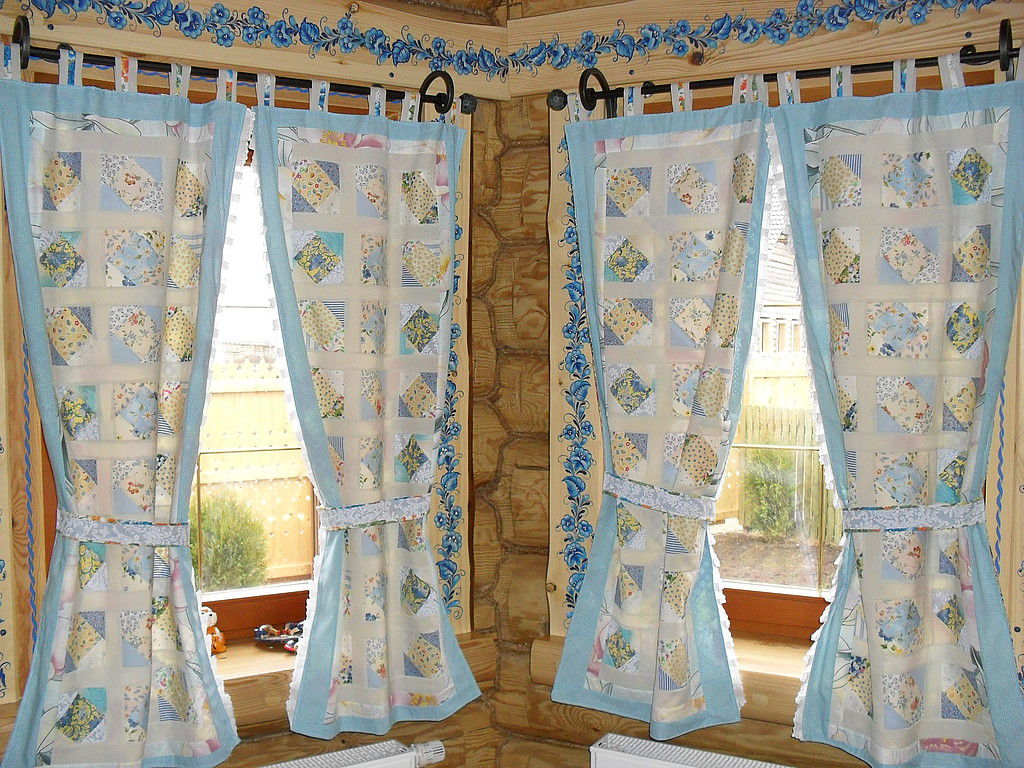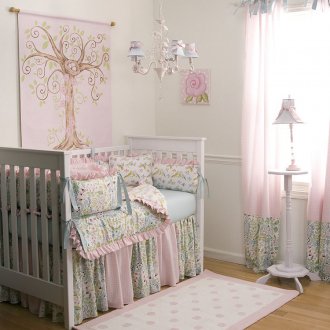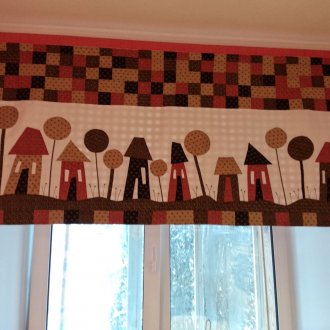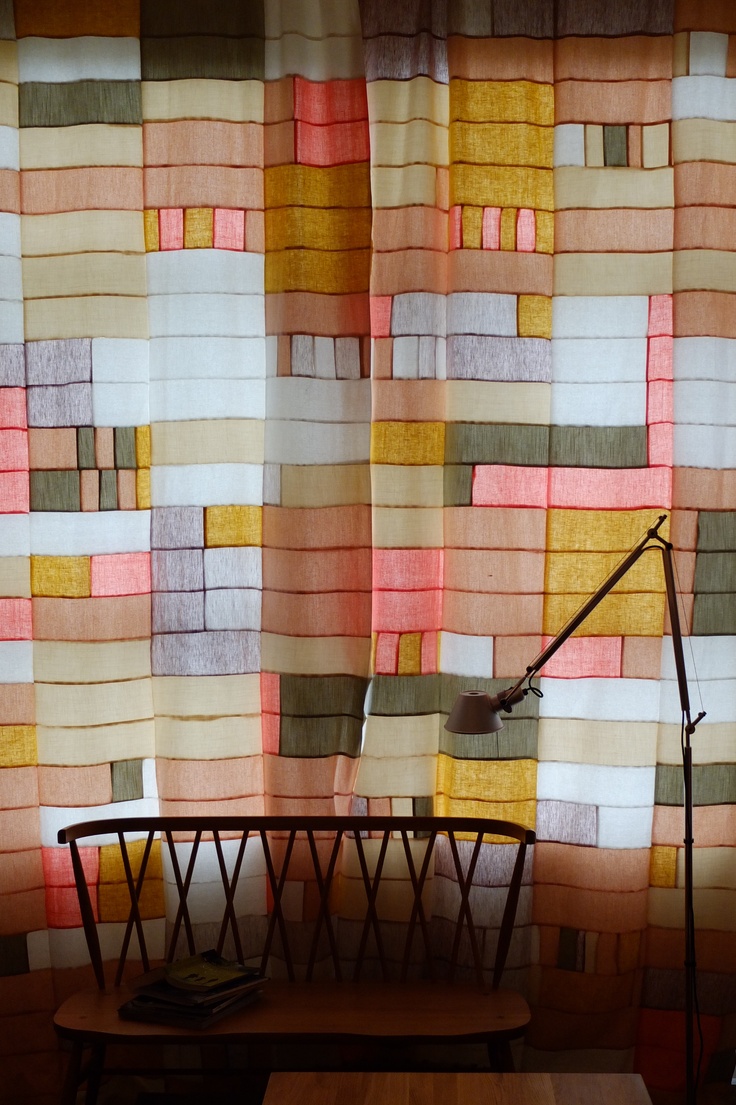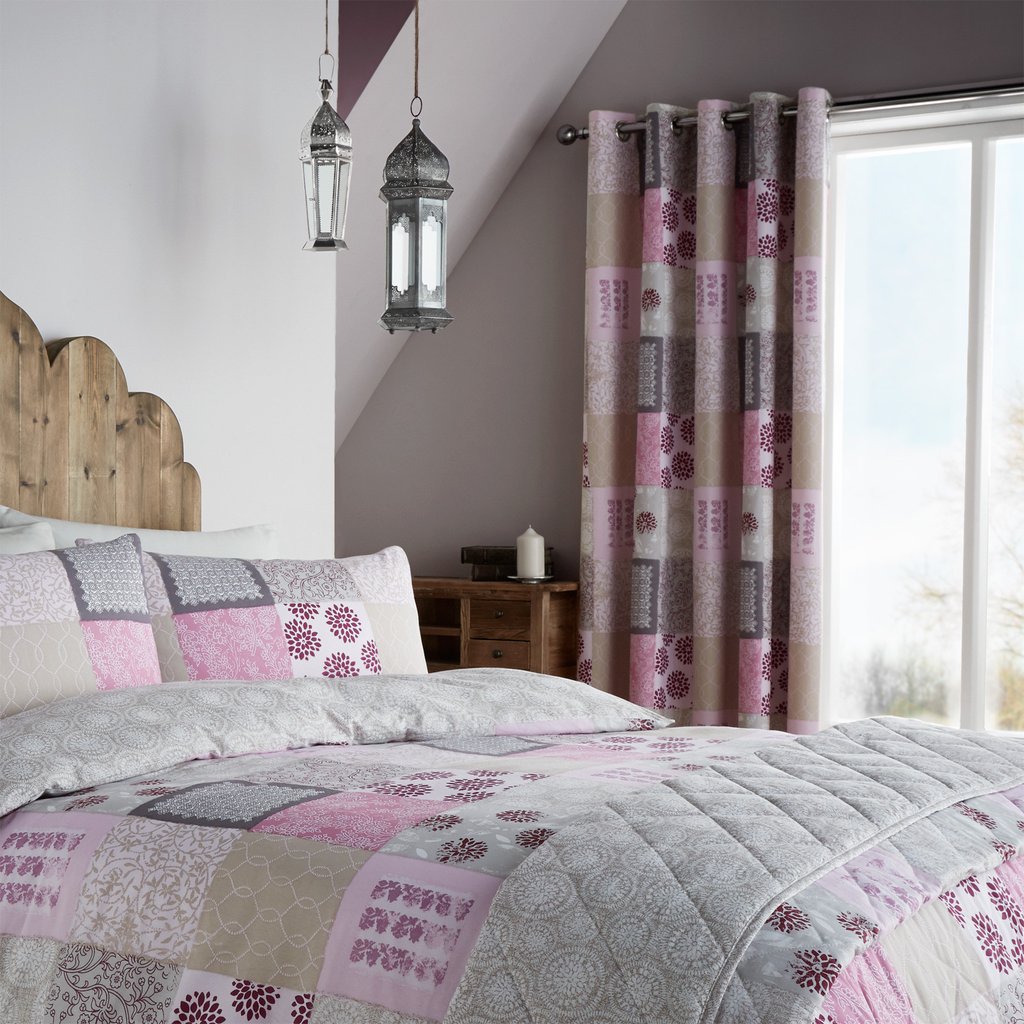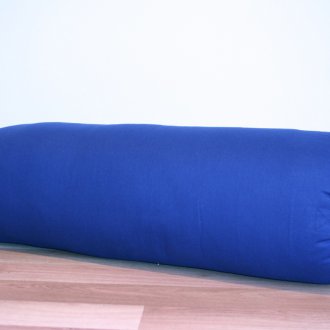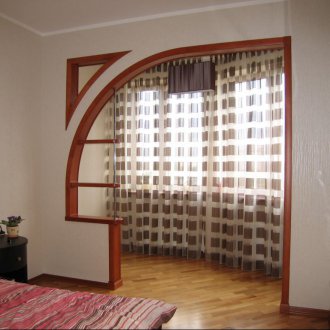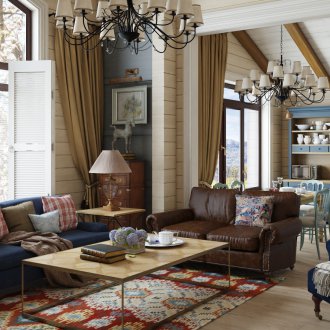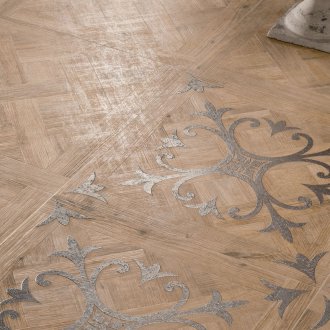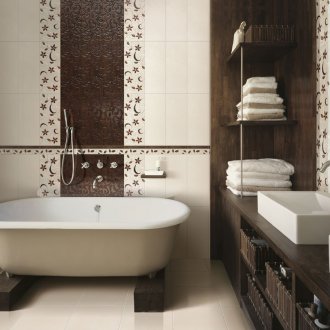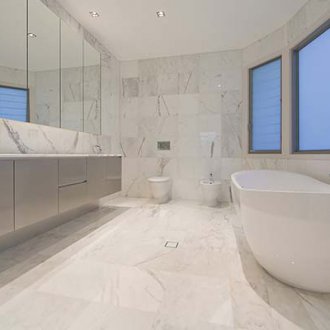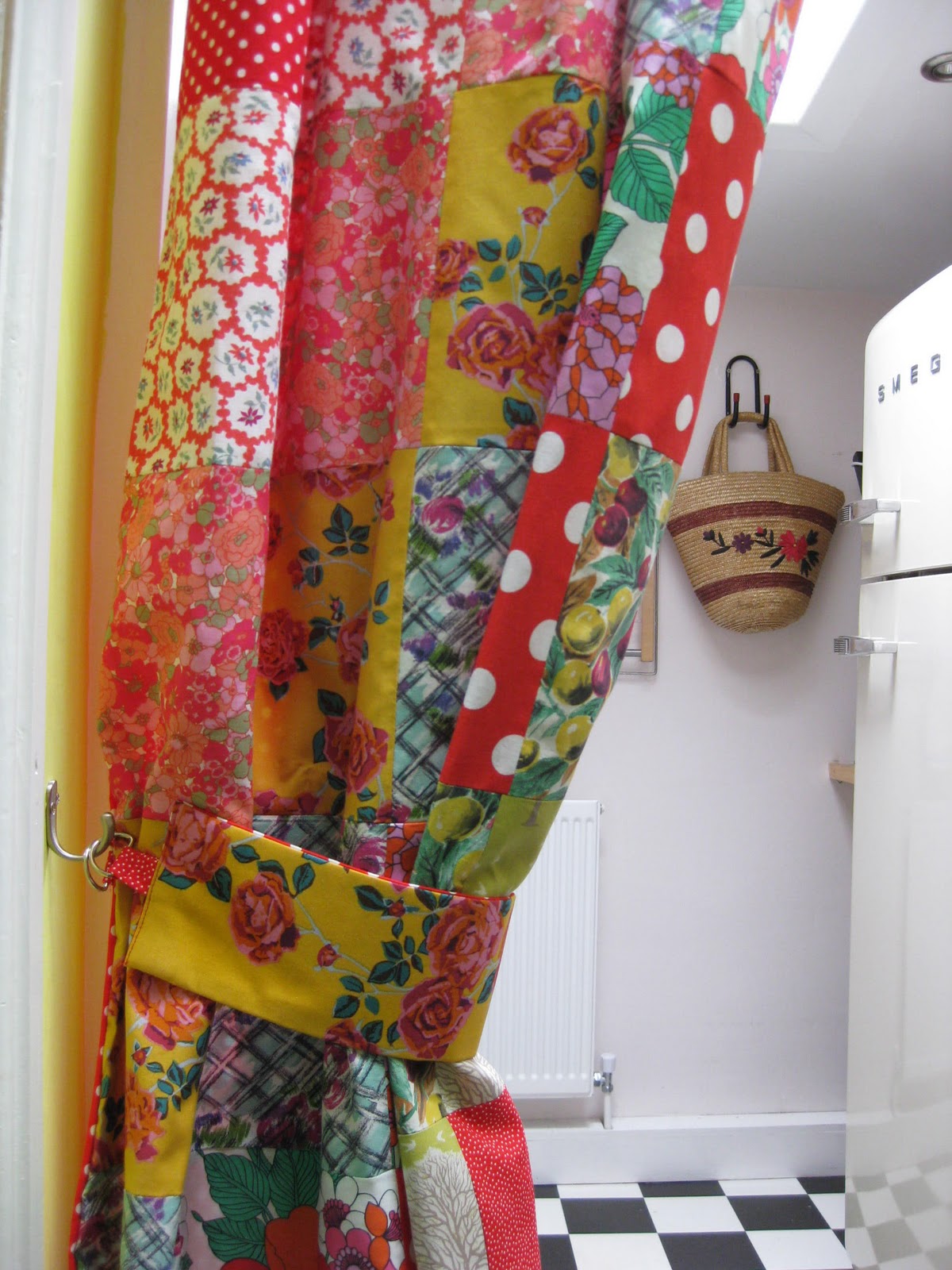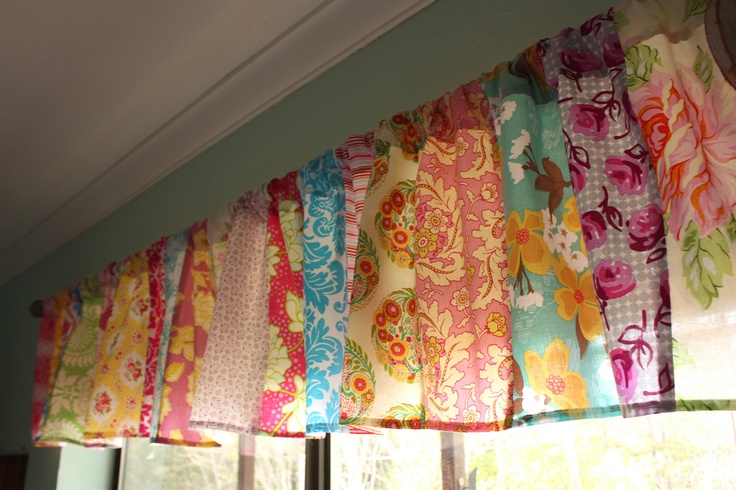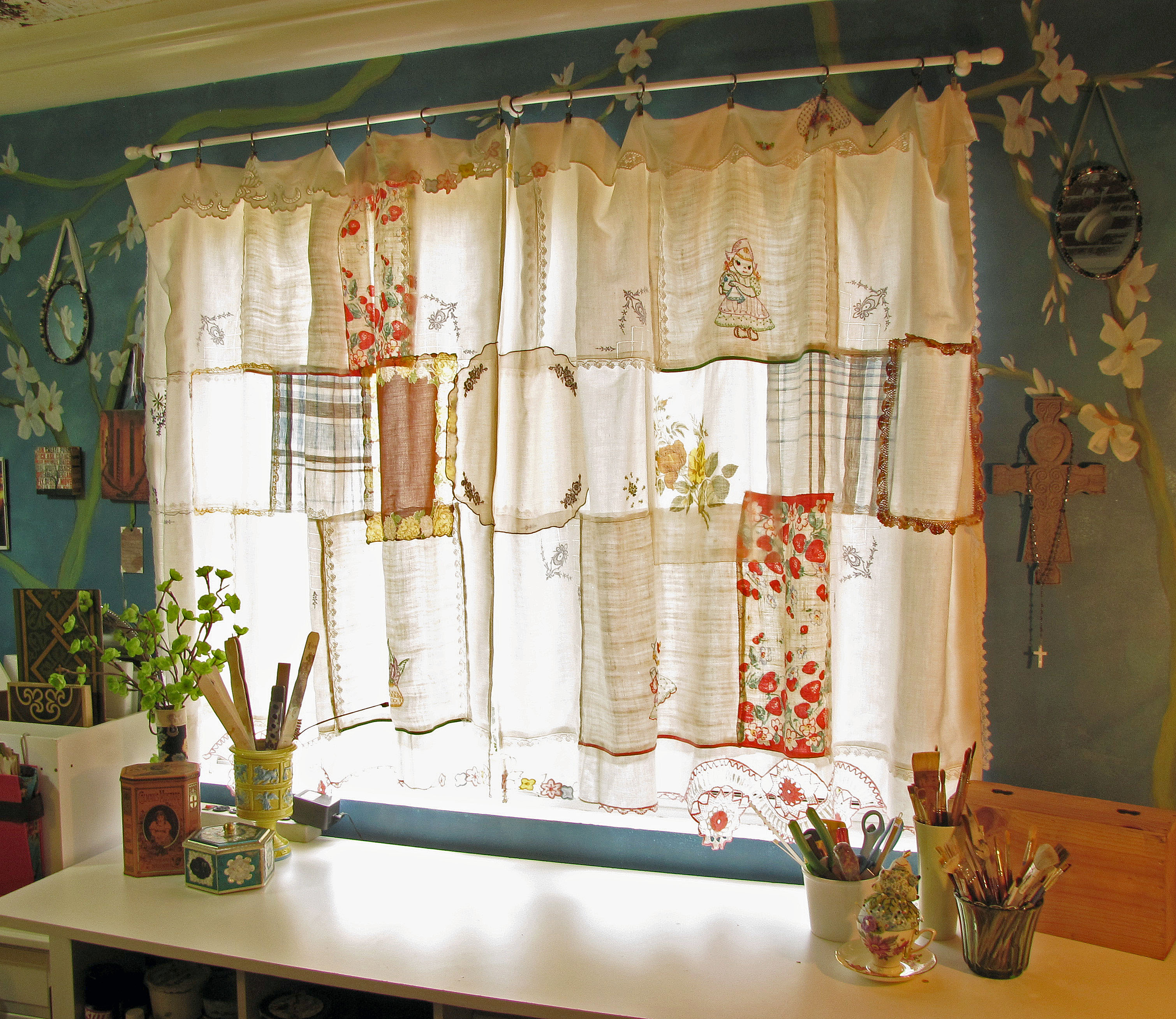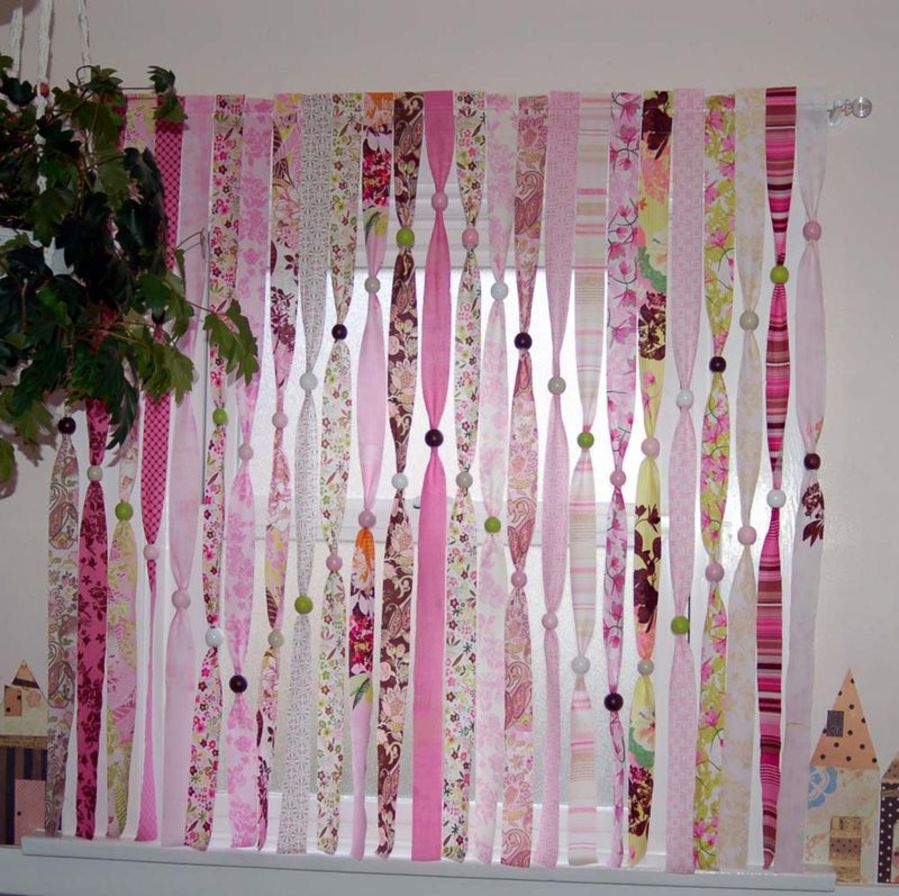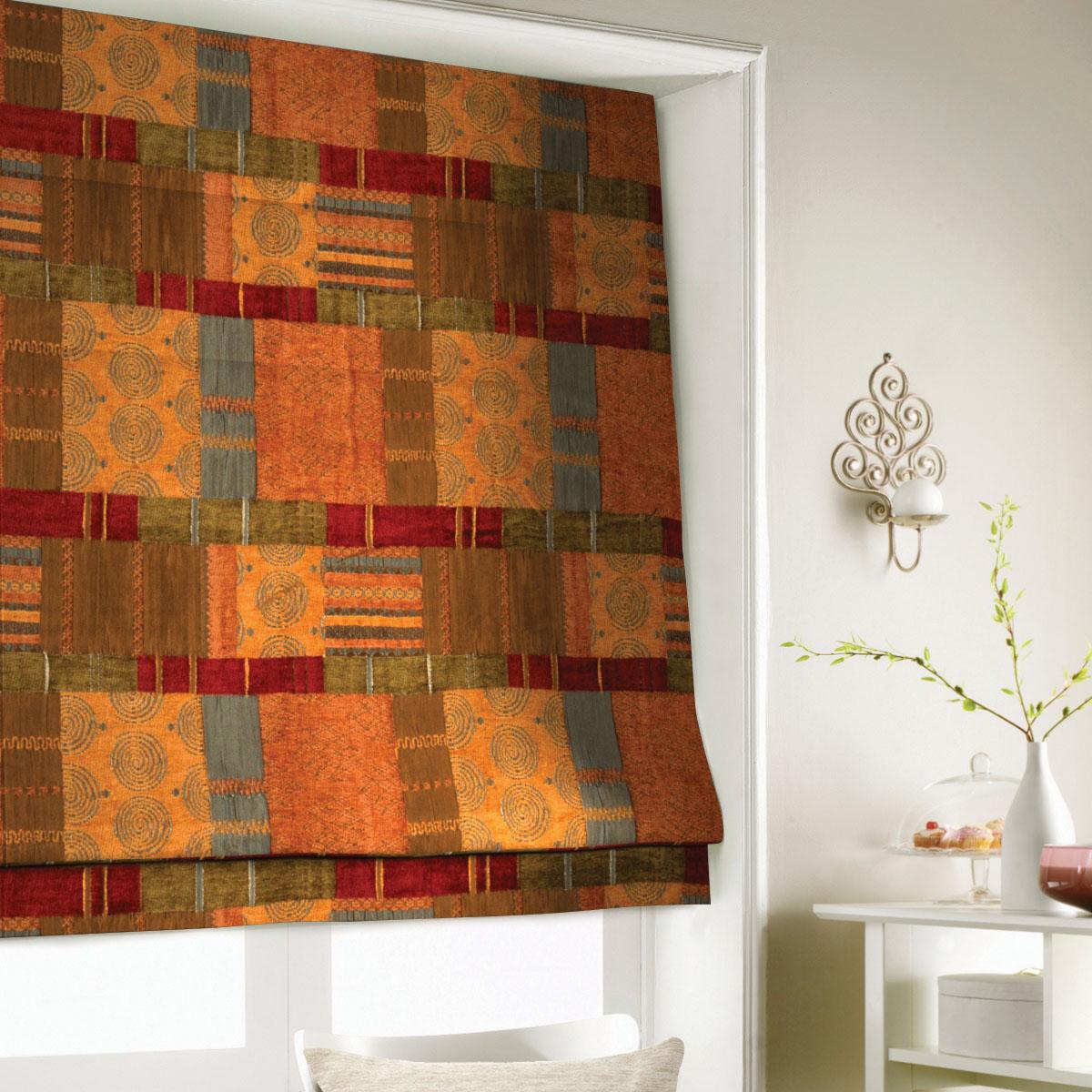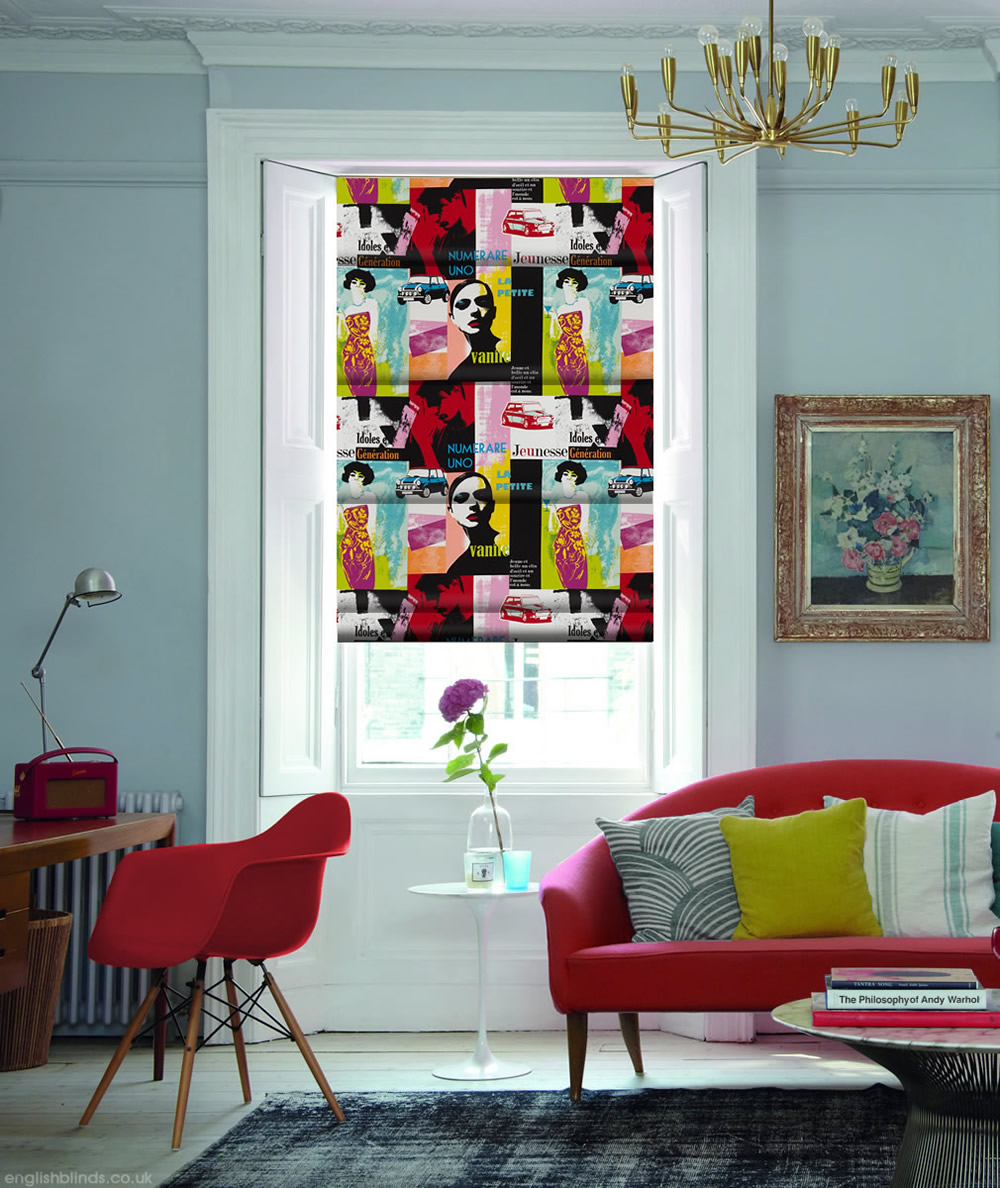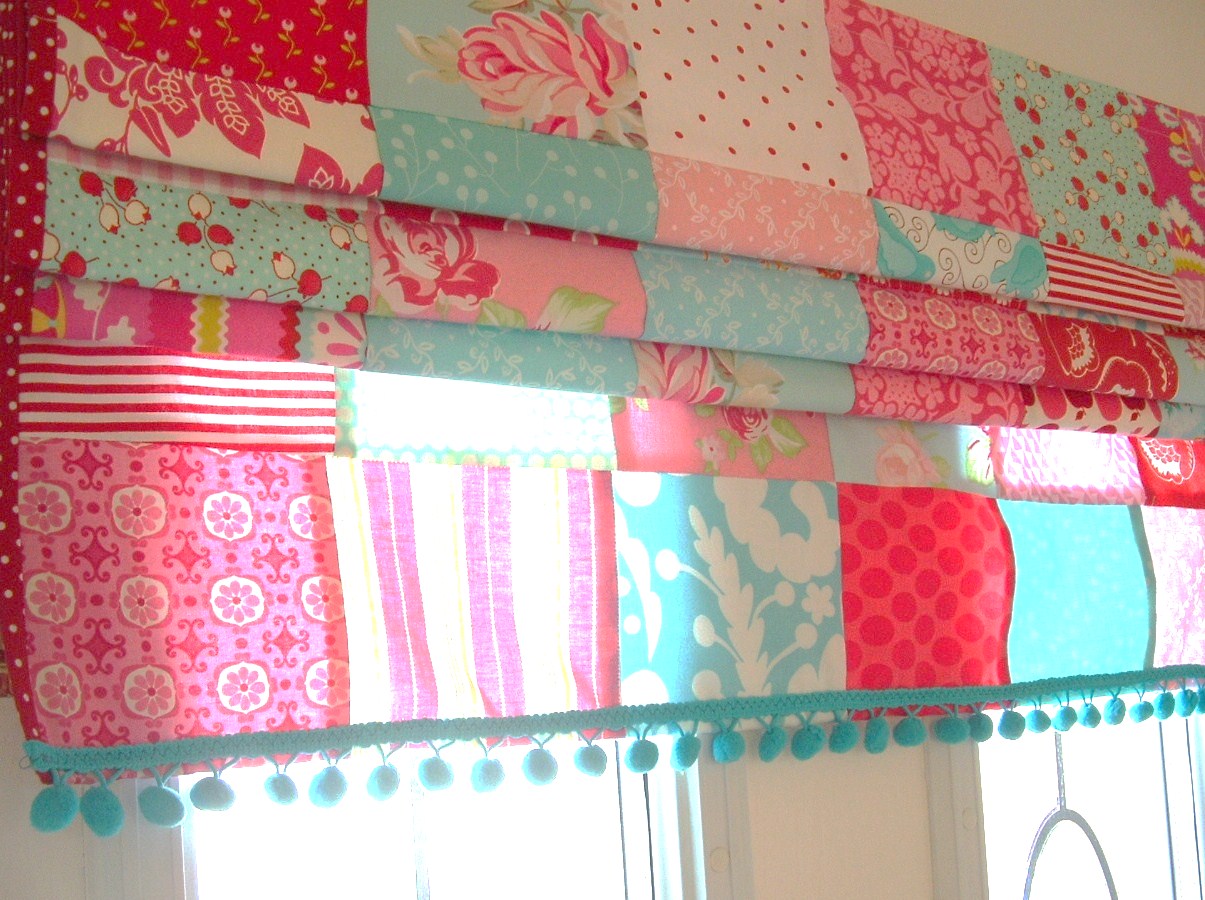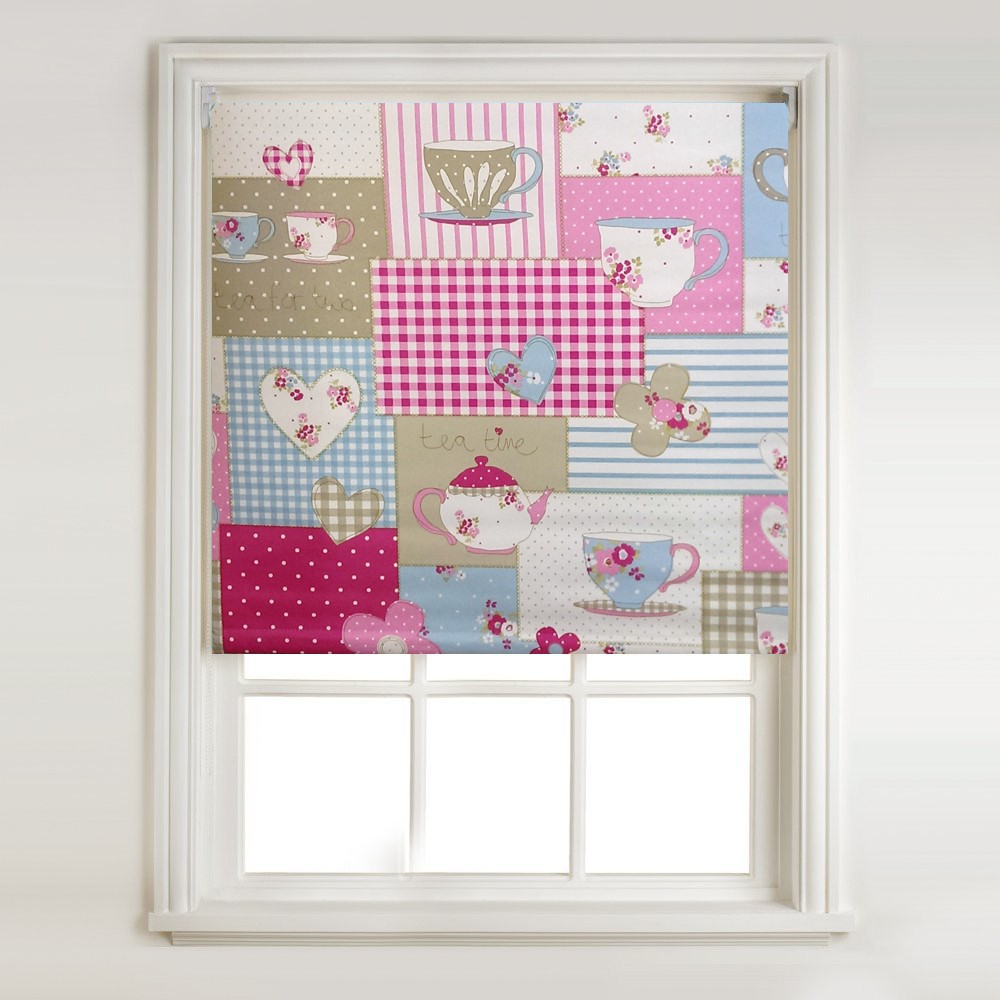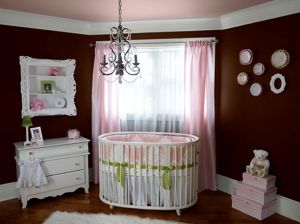Patchwork curtain - an exclusive element of the interior (24 photos)
Content
The patchwork technique is a real storehouse for creativity and imagination. She is equally well able to experienced craftswomen and novice needlewomen. Always bright, elegant and exclusive pieces of shreds will be the highlight of the interior.
One of the main elements of textile in the room is the curtains. They set the mood and are able to radically change the atmosphere. Patchwork style curtains are a simple and original solution for a bedroom, a living room, a dining room, a kitchen and even a bathroom. Multi-colored shreds and their combination will find new life on the windows of any room in your home.
From antiquity to the modern world
The first mention of this technique is known since ancient Egypt - products from pieces of animal skins. In Western Europe and in Russia, rugs, bedspreads and curtains were created from pieces of fabric.
The patchwork has always been considered an economical option for the manufacture of textile products. Poverty and scarcity forced people to save and create finished products from shreds and scraps of various fabrics, as well as to sew pieces of cloth on worn and torn things.
In today's world of design, patchwork is a fashion trend. It harmoniously complements modern and classic interiors. So patchwork curtains are not only inexpensive, but also fashionable.
What fabrics can be used?
Almost any fabric is suitable for sewing curtains using the patchwork technique. Cotton, organza, linen, chintz, tapestry and velvet will be an excellent decoration for windows. It is not necessary to use new material, and cuts from old fabric will do. You can bring it into a suitable form by washing, starching and steaming with an iron. After such procedures, the fabric will not lose color and will not shrink during further washing.
If you have already decided on the choice of fabric, then pay attention to its features and service life. Some material is too soft and prone to deformation or, conversely, not elastic. For example, when cutting flaps from an old coat, the fabric may “bubble”, and the curtain from silk flaps will not last long.
The optimal material for curtains is linen and cotton. They are unpretentious in care and long save their external data.
Patchwork Curtain Sewing Style
Over its long history, the patchwork has formed its own rules and design styles. They are directly related to the use of the product and binding to a specific area. Among all the styles of this technique, three main ones can be distinguished.
Strict geometry
It is the easiest to execute, so beginner needlewomen most often stop at it. The product is assembled from flaps with the correct geometry. The shape of the parts can be different or the same, the more options, the more interesting the final result.
Japanese motives
All the flaps on the fabric fold into one pattern. Such curtains look very beautiful and unusual. They can even be called a real picture.
Chaos or Crazy Patchwork
At first glance, completely different textures and colors add up to a coherent and thoughtful product. To create such a product requires a lot of experience in this direction and a delicate sense of taste.
Using any of the listed styles you can get a beautiful and unusual product. The main thing is to choose the color and texture of the fabric in accordance with the interior of the room.
What interior style can be combined?
The main advantage of textile patchwork is its versatility. It conquers classics and modernity, brings its own special zest to each interior. A room in the style of props becomes more comfortable with a patchwork curtain of cotton on the window. As a picture, you can use floral motifs or household utensils.
The vintage living room will take on a special character with the advent of curtains from pieces of velvet or satin. Abstract and ornament is a great choice for a room in ethnic style. Asymmetry and unexpected combinations of textures emphasize the confident and sharp nature of Art Nouveau. For fans of all the unusual, you can create an avant-garde patchwork curtain, picking up details in a characteristic color and patterns.
How to sew patchwork curtains with your own hands?
It is not difficult to master the patchwork technique yourself. The main thing is desire and at least minimal sewing skills.
For curtains using the patchwork technique to fit beautifully, originally and harmoniously into the existing environment, you need to know a few simple secrets:
- The same type of fabric of different colors always harmoniously looks in one product. You can select both contrasting colors and with a slight difference in shades. The same texture of the material makes it possible to stitch the flaps more firmly, and the product will be more durable.
- Different texture of the fabric and the same color or pattern always looks original and stylish. These same motifs can be repeated on pillows, bedspreads or tablecloths.
- Use the lining at the flap joints. This rule is especially important for thin and slippery materials. As a lining, batting or synthetic winterizer can be used.
- Small pieces with a large pattern look ridiculous in one composition.
- Flaps with a bright print or pattern go well with plain fabric.
- Always a win-win classic - a shallow strip, polka dots or Christmas tree.
- Do not forget about the edge trim. For this, a special finishing tape or tape is suitable. Finishing material can be a contrasting color or to match the product.
- Additional decor on the curtains will not be superfluous, of course, if this is appropriate in this interior. Wooden or glass beads, beads, bugles and fringe - it all depends on ingenuity and imagination. But do not forget about balance and harmony, so that the product does not look too colorful and overloaded with decor.
Care Features
Like any textile, patchwork style curtains require proper care. In order for the product to serve for a long time and at the same time maintain an attractive appearance, it is important to take into account the characteristics of the fabric from which it is sewn.
Complex fabrics, such as silk or wool, require special care. If the washing or ironing is incorrect, the product may become deformed and completely lose its aesthetic appearance. The most universal in this matter is cotton. Thin and light material keeps its shape well and pleases its owners for a long time.

